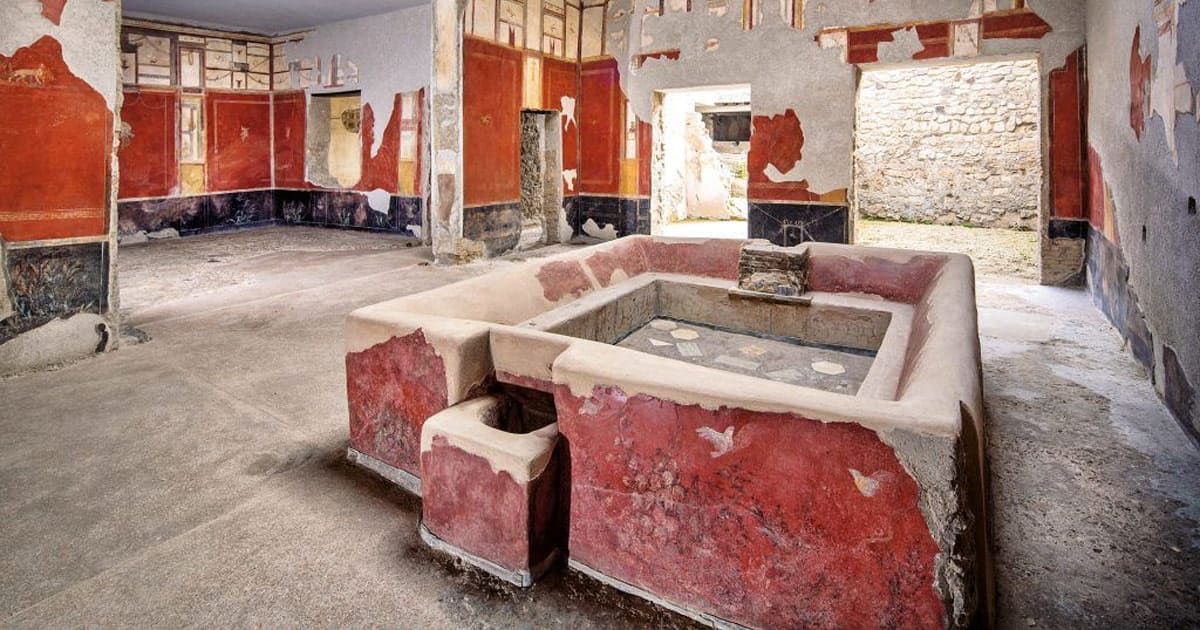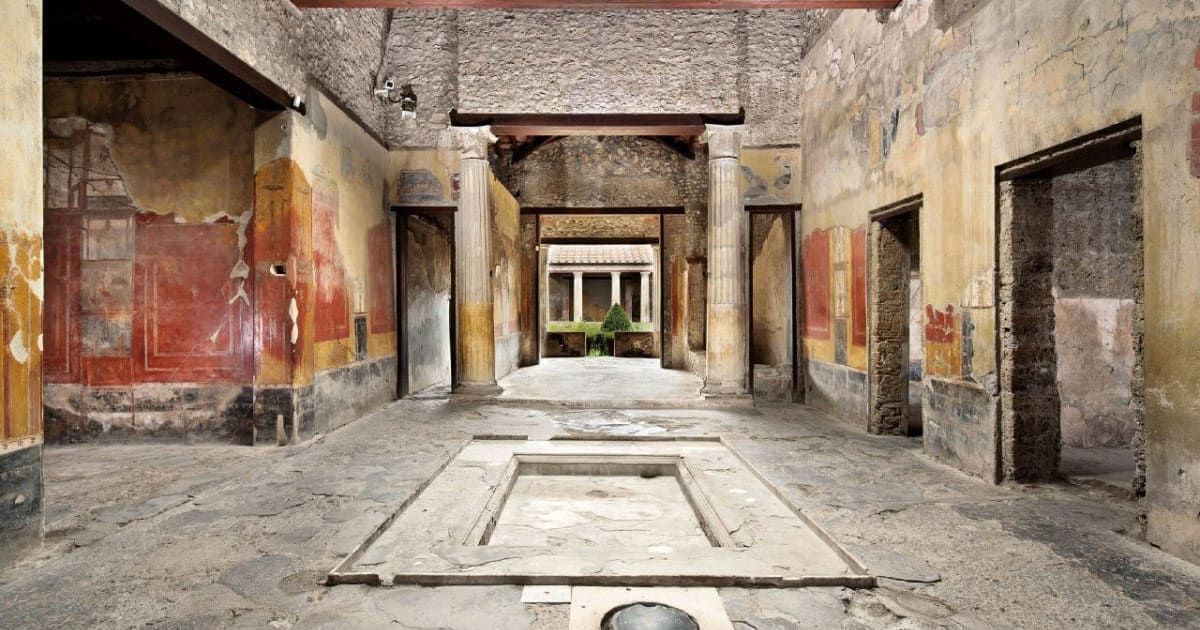Archaeological excavations on the Naples-Bari high-speed line
The construction work for the Naples-Bari high-speed railway line is uncovering an incredible archaeological heritage spanning from the Copper Age to the Middle Ages. Recent discoveries highlight the extraordinary historical wealth of a territory that was largely unexplored until a few years ago.
The most significant discoveries
Among the most remarkable findings are:
- A Copper Age village in the Gaudello locality in Acerra, accompanied by a necropolis containing 127 burials from the first agricultural communities.
- A necropolis in Calazia (Maddaloni) holding pre-Roman and Roman weapons, indicating the presence of ancient and strategically significant settlements.
- A rustic Roman villa in Solopaca, Benevento, provides evidence of the agricultural lifestyle of that time.
- The Hellenistic-Roman sanctuary of Ponte, also in Benevento, yielded a rich collection of votive artifacts, helping scholars deepen their understanding of ancient religious cults.
These findings confirm the immense archaeological richness of the region and the importance of preserving and enhancing the uncovered heritage.
If you’re inspired to experience Italy’s rich heritage firsthand, explore the best tours available at https://enchantingitalytours.com/best-tours-of-italy/
An unexplored area and the discovery of 9,500 tombs
A decade ago, initial surveys in the work sites revealed an entirely unexplored area between Afragola, Acerra, and Casalnuovo. Thanks to advanced technological tools, researchers have refined excavation methodologies, discovering three necropolises containing approximately 9,500 tombs.
One of the most fascinating discoveries is a nearly intact prehistoric village with oval-shaped huts carved into ancient volcanic eruptions. Excavations are still ongoing, and additional prehistoric villages have been identified between Afragola and Acerra.
Roman Villas and impressive hydraulic works
Beyond the prehistoric sites, the territory has also yielded at least eight Roman-era villas scattered between Acerra and Afragola. One of these is located in the area currently occupied by the shopping center “Le Porte di Napoli.”
Another significant discovery is the remains of the Serino Aqueduct in Casalnuovo, showcasing the remarkable hydraulic infrastructure engineered by the ancient Romans.
A Mini-Pompeii along the Railway Line
Findings along the railway track have revealed a kind of “mini-Pompeii,” with artifacts from prehistoric times to the medieval period. This extraordinary historical testimony provides invaluable insights into the region’s evolution over millennia.
Statements from experts
During the official presentation at the Naples-Bari high-speed station in Afragola, Mariano Di Maio, RFI’s Environment and Territory Manager, stated:
“It is a special, beautiful day because the Naples-Bari construction site has given us a heritage and level of knowledge that we otherwise would not have had. Our excavations have brought to light a historical treasure, and now the dialogue with the Superintendencies will allow us to protect it.”
Massimo Comedini, Italferr’s Head of Environment, Architecture, and Territory, added:
“Transport infrastructure covers long distances, requiring different excavation and analysis techniques than those used in isolated archaeological sites.”
Mariano Nuzzo, Superintendent for Archaeology, Fine Arts, and Landscape for the Metropolitan Area of Naples and the Provinces of Caserta and Benevento, emphasized the discovery’s significance for cultural enhancement:
“Infrastructure development presents a great opportunity for the region, not only to connect two strategic hubs like Naples and Bari but also to uncover a cultural heritage often hidden from view.”
Enhancing the Archaeological Heritage
Experts are now working on a comprehensive study of the archaeological contexts, which includes:
- In-depth territorial studies
- Extensive investigations and excavations
- Cultural enhancement through virtual reconstructions, publications, conferences, and museum exhibitions
This initiative aims to make this unique glimpse into the past accessible to the public, ensuring this extraordinary heritage is preserved and appreciated.
The incredible discoveries from the Naples-Bari high-speed railway excavations represent a significant opportunity for archaeological research and cultural enhancement in the region. As work continues, scholars will keep exploring and preserving this window into the past, offering the community an invaluable testimony of Italy’s history.















